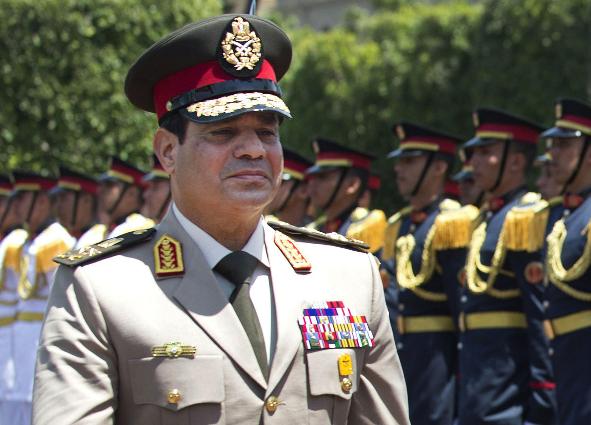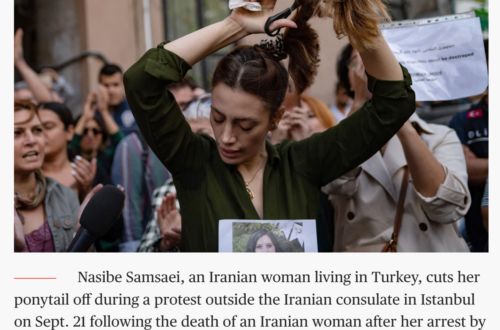Notes from America: Killing an Arab! … the tragic journey of Aylan Kurdi
Killing an Arab!
“Standing on the beach
With a gun in my hand
Staring at the sea
Staring at the sand
Staring down the barrel
At the arab on the ground
I can see his open mouth
But I hear no sound…”
The song for the British band “The Cure” was inspired by Albert Camus’s novel “The Stranger” published 1946,sold millions an it caused a lot of controversy because of its title. ”Killing an Arab. However in Camus’s novel, he was dealing with existentialism, and the title “killing An Arab” was taken to reflect emptiness of life after killing a man on an Algerian beach. This how millions around the world felt after they first saw the photo of the Syrian 3 year old boy Aylan’s lifeless tiny body, washed up on the Turkish beach, his red T-shirt, blue shorts with his small shoes still intake on his tiny feet and his face down rested on the sand. Camus’s book tells the story of senseless killing of an Arab on Algerian beach. It explored what he termed “the nakedness of man faced with the absurd. Now, ” We all that man, we all guilty in the killing of this young boy found on the Turkish beach, his photo explored our nakedness and emptiness in our lives. This single image has captured our attention and kept millions of people very busy on social media and TV networks. The photo of Aylan has stirred public outrage and embarrassed political leaders as far away as Canada; there, the authorities had rejected an asylum application from the boy’s family, humanity was dead on arrival at the landscape of our ambivalence. The photo was like a drop of pain constantly knocking on the roof of our conscious.
These are, of course, not the first photos of suffering to carry this kind of gripping emotive outrage.
One thinks of Nick Ut’s image from 1972 of a naked nine-year-old girl fleeing from an American napalm attack on her village in Vietnam.
Another image perhaps, the most disturbing of them all for its depiction of great suffering was Kevin Carter’s imposing photograph of a Sudanese child, pinched with hunger, her head lying on the earth, as a vulture stands by seemingly waiting for her to die. The photographer won a Pulitzer Prize for the image, but was also criticized for his perceived insensitivity. “The man adjusting his lens to take just the right frame of her suffering,” professed the St Petersburg Times in Florida, “might just as well be a predator, another vulture on the scene.” It was reported that two months after receiving the Noble prize, the photographer, had suffered from depression and was haunted by what he had experienced as a photojournalist; he finally took his own life.
“Because children are vulnerable and blameless – the purest victims – depictions of their suffering have an extraordinarily visceral impact,” writes the American academic and essayist Susie Linfield. Was this because Aylan was a 3-year-old child, an innocent child who trusted his dad to take him away to safety: Was the outrage around the world intensified by guilt, and our collective complacence. “There was nothing left to do for him… nothing but take his photograph,” Said Nilufer Demir, the photographer who took the picture told CNN. “I thought, ‘This is the only way I can express the scream of his silent body’.” she added!
His fragile body, his silence was defining to millions of people out there, politicians now jumping on the refugee bandwagon, promising more refugees will be allowed. Thousands of Europeans marching in the streets, condemning their governments’ slow reaction to the crisis. They held signs welcoming more refugees. Alyan’s tragic journey to Europe may have ended, but his image survived: it is still swimming in our collective memories, kicking our own ambivalence and apathy!
Lots of debate about publishing an image of child and wither it helps the Syrian refugees and the Syrian crisis. There are more than 300,000 people who have been killed so far, but never got the world’s attention like the little boy washed up on the Turkish beach. Did the photo humanize the Syrian refugee crisis? Did give it a face, a name and a context?
Not everyone was swept away with Aylan’s photo, as has with the emotionally reaction in Europe. The reaction from the Middle East and Arab/Muslim Americans was reflective and introspective. Suzan Boulad a Syrian American activist who organized a rally here to support the refugees admitted “this emotive reaction even for a few days we need to take advantage of and plan for further action” she explained to me. “We need to remind the world of the atrocities committed by the Bashar’s regime” Boulad added. Lots of social media activists in the middle east, address the irony and the contradiction of the West’s reaction to the photo, and wondering where was the Western outrages all of these years. Why are we still financing and supporting Arab dictators and terrorists groups who are fighting in Syria and causing these waves of refugees from the first place! In the era of social media, Facebook and twitter, a picture is not just worth 1000 words, it is now worth 140 characters or less .
Ahmed Tharwat/ Host/Producer of Arab American TV show BelAhdan
His articles published in National and International publications, appear on Public Radio and TV.
He blogs on “Notes from America” www.ahmediaTV.com
You can follow him on Twitter, www.twitter/ahmediatv
Minnetonka, MN



